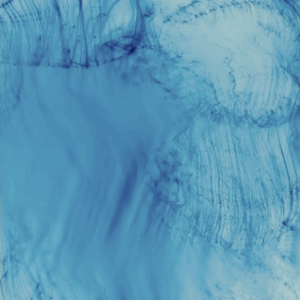JTF (just the facts): A total of 11 large scale color photographs, framed in brown wood and unmatted, and hung against white walls in the main gallery space and the office area. All of the works are c-prints, made between 2011 and 2014. Each image is sized 36×30 and is available in an edition of 8. (Installation shots below.)
Comments/Context: Decent sized post-industrial American cities like Paterson, New Jersey, were some of the hardest hit by the recent economic recession. Still limping from the disappearance of manufacturing jobs decades earlier, these types of urban areas were already struggling when the bad times came once again. For many, the fuzzily abstract idea of a “downturn” was made very real by further despairing declines into high unemployment and persistent poverty. And sadly, it is places like Paterson that are increasingly left out of rebounds and rebirths, left to stagnate in the cyclical troughs of widening economic disparity.
Tema Stauffer’s honest portraits of the people of this community follow in the long tradition of American social realism, recalling the concerned humanism of Evans, Lange, Hine, and others. Using the street as her backdrop, her tightly cropped, waist-up pictures capture a cross section of the down-on-its-luck population, drawing a gallery of individuals out of the flow of the everyday. Young and old, black and white, her sitters are universally ordinary and overlooked, but in each one, Stauffer finds dignity, sensitivity, and something like quiet poetry.
While none of Stauffer’s subjects is wearing a smile, her portraits are anything but deadpan. It is the subtlety of emotion that flickers in the eyes of her subjects that repeatedly draws us in – if we look hard, there’s been-burned-before wariness, seen-this-too-many-times weariness, and optimistic just-trying-to-keep-my-head-above-water strung out hopefulness just waiting to be discovered. These are faces that have endured unspoken hardships, that feel beaten down and are close to giving up, and that retain an undercurrent of persistent resolve in the face of troubled times. Each subject has been engaged with attention, awareness, and empathy, and each penetrating stare and misty look has its own nuanced story to tell about the state of the left behind and forgotten in urban America.
While not quite as craggy and despairing as Robert Bergman’s portraits, Stauffer’s images share many of the same powerful intimacies and formal qualities. Stripped of surrounding context, Stauffer’s pictures feel honed into timeless exchanges, her ability to create trust consistently generating individual moments of introspection and reflection where the armor of the streets has been momentarily taken down to reveal the common humanity underneath. While many street portraits never get beyond the snatched surface, these bore in with probingly patient intensity, waiting for that flickering glimpse of guarded openness.
This show, and many others at this particular gallery, reminds us of the enduring place of straight photography in the fast moving contemporary dialogue. Stauffer’s portraits repeat an inward looking social examination process that has its roots in the 19th century, deftly using a camera to document what is happening on the blurry margins of American society. The questions these pictures ask and the stories they tell are as relevant and important as ever, even though they have little to do with digital technologies or genre-bending conceptual hybrids. Our collective photography tent is getting larger by the minute and our curiosity with the new gets most of the associated buzz, but as long as there is empathetic, well-crafted, photographic portraiture being made, it will always have the power to stop us in our tracks and force us to take notice.
Collector’s POV: The prints in this show are priced at $5000 each. Stauffer’s work has little secondary market history, so gallery retail remains the best option for those collectors interested in following up.











